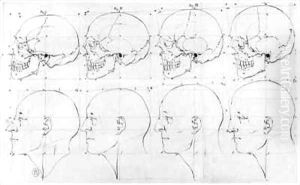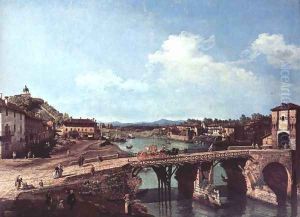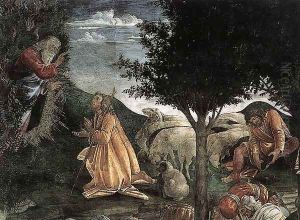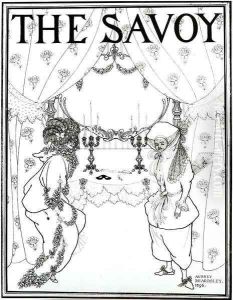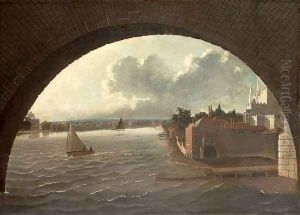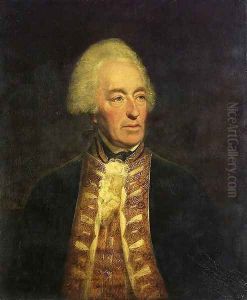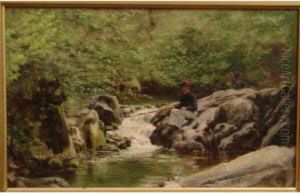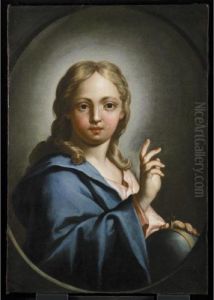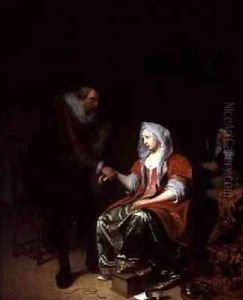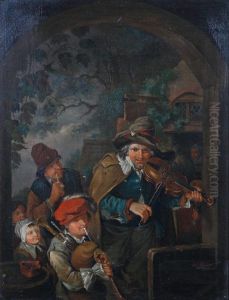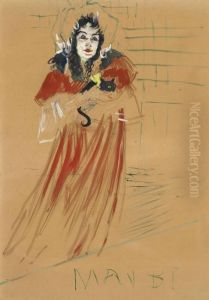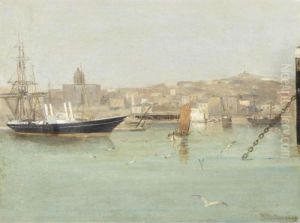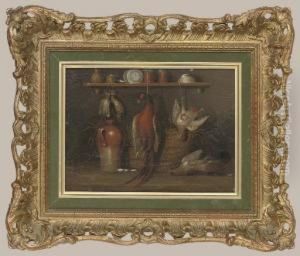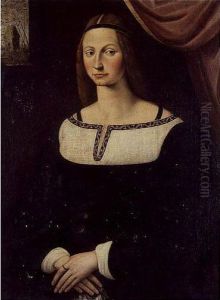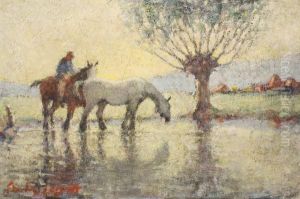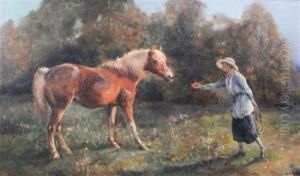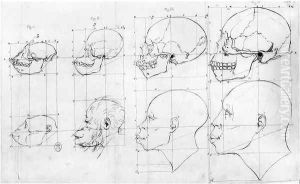





Transition from the monkey to Apollo, 1791 (2)
-
About Reproduction
Discover the allure of art with our faithful reproduction of "Transition from the monkey to Apollo, 1791 (2)", originally brought to life by the talented Petrus Camper. Unlike posters or prints, our hand-painted oil painting breathes an unique sense of depth and texture into your space. Every detail, every stroke, and every texture is meticulously recreated, paying the perfect homage to Petrus Camper and his artistic vision.
Owning this piece is more than just decoration - it's a statement of your refined taste in art. Let the vibrant colors and intricate details of this replica serve as a daily reminder of the beauty in our world. Elevate your decor and appreciate the richness of art with our replica of this masterpiece.
-
Painting Description
"Transition from the monkey to Apollo, 1791 (2)" is a notable work by Petrus Camper, a distinguished Dutch anatomist, physician, and naturalist of the 18th century. Camper is renowned for his contributions to the study of comparative anatomy and his pioneering work in the field of facial angle measurement, which sought to understand the differences in cranial structures among various species, including humans and primates. This particular illustration, created in 1791, is part of Camper's broader efforts to explore and depict the evolutionary continuum between different forms of life, specifically focusing on the morphological progression from primates to humans.
In "Transition from the monkey to Apollo, 1791 (2)," Camper employs his expertise in anatomical drawing to present a series of progressive images that illustrate the gradual changes in cranial and facial features from a monkey to the idealized human form, represented by the classical figure of Apollo. This work reflects the Enlightenment-era fascination with the natural world and the quest to categorize and understand the diversity of life through scientific observation and artistic representation.
Camper's illustration is not merely a scientific endeavor but also an artistic one, as it bridges the gap between empirical study and aesthetic idealization. By choosing Apollo, a symbol of beauty and perfection in classical art, Camper underscores the Enlightenment belief in the possibility of human improvement and the pursuit of knowledge. The work also implicitly engages with contemporary debates on human origins, racial differences, and the nature of beauty, making it a significant historical document in the context of both science and art.
"Transition from the monkey to Apollo, 1791 (2)" remains an important piece in the history of anatomical illustration and the study of human evolution. It exemplifies the interdisciplinary approach of the Enlightenment, where art and science were seen as complementary avenues for exploring and understanding the natural world.
-
Lead Time & Shipping
When you order this oil painting replica, it typically takes 2-3 weeks to paint. If the artwork is more complex, it might need a little more time to ensure the best quality. Once it's ready, we'll send you a photo for your approval. After you give the green light, we'll ship it to you for free.
-
Return & Refund
We believe in the quality of our hand-painted oil painting reproductions, and your satisfaction is our priority. If for any reason, you are not completely satisfied with your purchase, we offer a 45-day return policy. You can return your artwork within 45 days of receipt and receive a full refund. Please note that the artwork must be returned in the original packaging and in the same condition as it was received.





